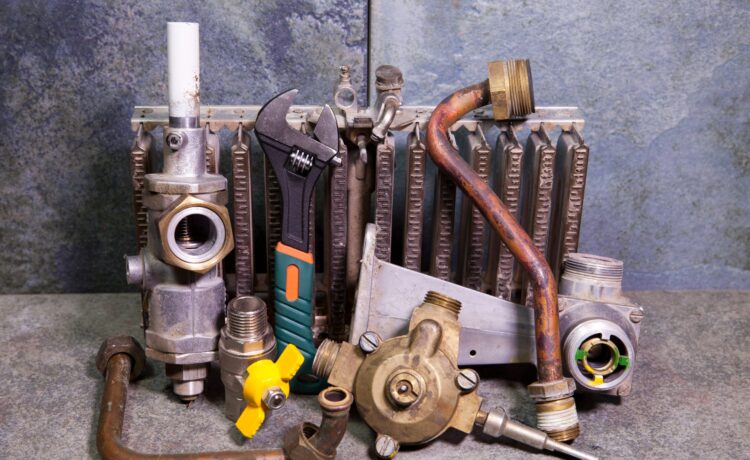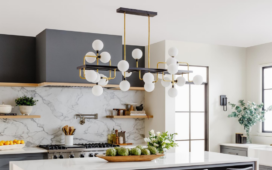A boiler isn’t just a metal box—it’s a small powerhouse that turns gas or oil into heat for your home. An issue on boiler saying F1 can indicate a problem with the system, but when all parts work together, you stay warm. Every part has a role, and when they function properly, the boiler keeps your home comfortable.
Main Parts of a Boiler
1. Boiler Burner
This is where the heating process starts. The burner mixes gas with air and ignites it to create a flame. If the burner isn’t working, your boiler won’t produce heat.
2. Heat Exchanger
This crucial component transfers heat from the burner to the water circulating through your system. If it gets blocked or damaged, your water won’t heat properly, leading to cold showers.
3. Boiler Pump
The pump moves hot water from the heat exchanger to your radiators and taps. If it slows down or fails, your radiators won’t heat up as they should.
4. Expansion Vessel
This small tank controls water pressure by handling expansion as the water heats up. If it malfunctions, you may experience leaks or inconsistent pressure.
5. Boiler Flue
The flue is the exhaust pipe that safely removes harmful gases, like carbon monoxide. A blocked flue can be dangerous and prevent the boiler from working properly.
6. Ignition System
Modern boilers use an electronic ignition system to light the burner, while older models have a pilot light that stays on. If there’s no spark, your boiler won’t generate heat.
7. Boiler Fan
The fan helps draw in fresh air for combustion and pushes gases out through the flue. A faulty fan can cause poor burning or shut down the boiler.
8. Diverter Valve
In combi boilers, the diverter valve directs hot water to your radiators or taps. If it gets stuck, you may choose between heating or hot water.
9. Pressure Relief Valve (PRV)
This safety valve releases excess water if the pressure gets too high. Without it, your boiler could be at risk of serious damage.
10. Control Panel
The control panel lets you adjust temperature, timers, and settings. Modern boilers may have digital displays, making it easier to manage your heating.
How These Parts Work Together
- The fan pulls in air and mixes it with gas at the burner.
- The ignition system sparks, creating a flame.
- The heat exchanger warms the water.
- The pump circulates the hot water to your radiators or taps.
- The diverter valve directs water where it’s needed.
- The flue removes waste gases.
- The expansion vessel and PRV maintain safe pressure levels.
- You control the system through the control panel.
Why Knowing Your Boiler Matters
- Identify Issues Early: If you hear odd noises, experience cold radiators, or notice leaks, understanding the parts helps you pinpoint the problem.
- Save on Repairs: Fixing a small issue early is cheaper than replacing the boiler.
- Improve Efficiency: Keeping parts clean, like the heat exchanger, helps your boiler use less gas and save money.
- Consider Upgrades: Newer boilers have advanced features like smart controls and better efficiency, which can reduce energy costs.






